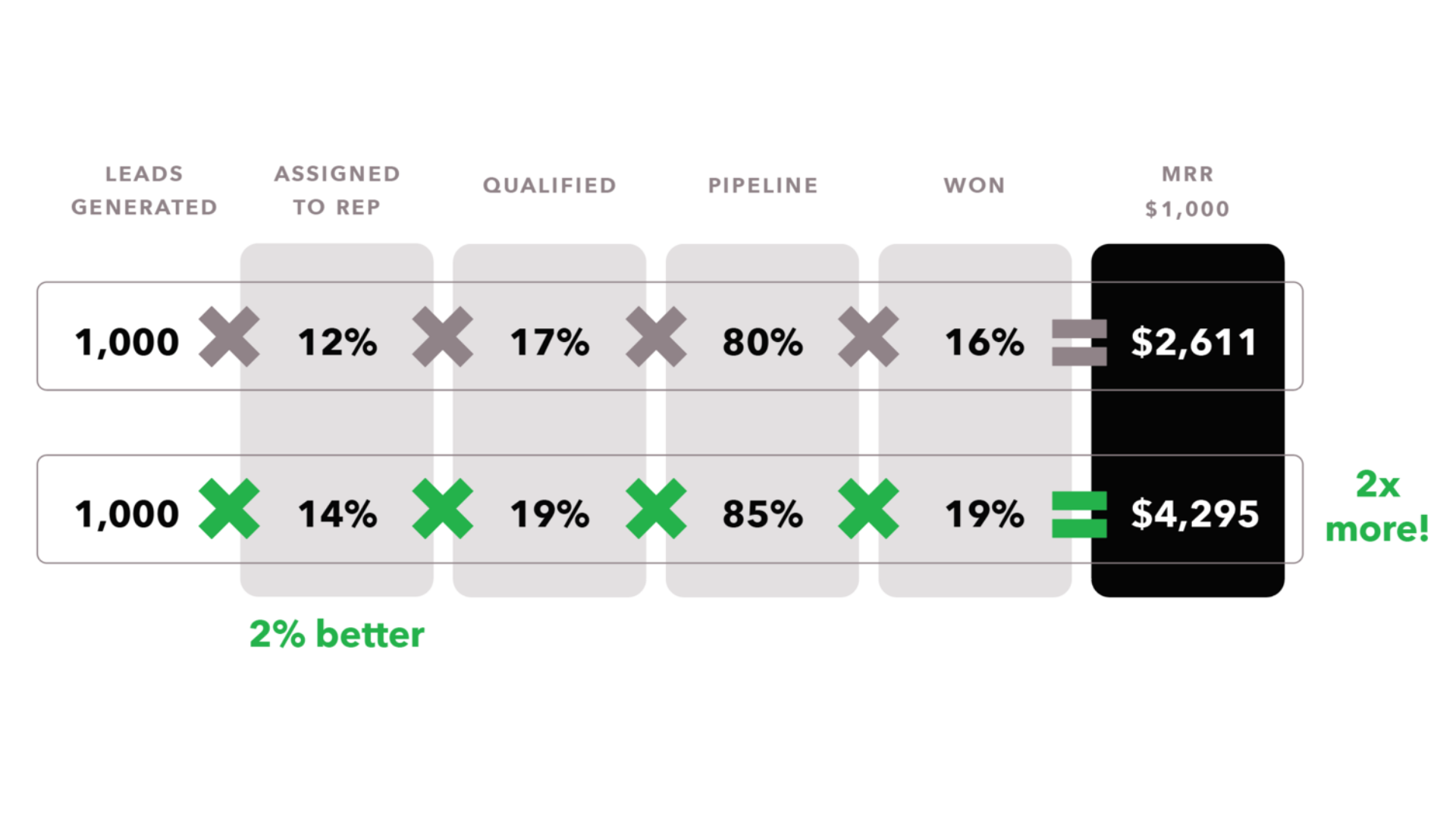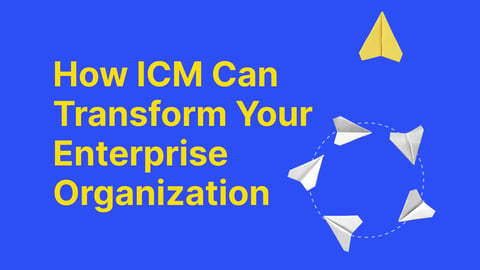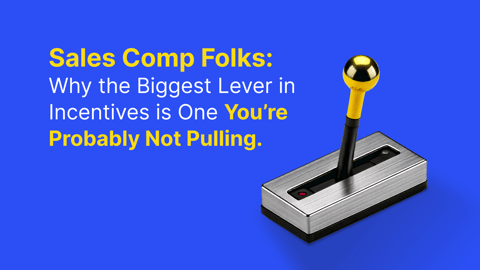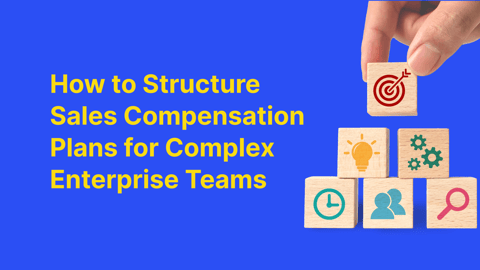Now is a great time to focus on your operational strength as a revenue organization. Revenue Operations has a large gamut of responsibilities: from managing tools and generating insights to enabling revenue teams. Choosing how to prioritize projects to improve operations can be a daunting challenge.
Often it’s whoever cares about a project and shouts the loudest that directs which projects are completed – rather than what projects will have a biggest impact on revenue.
You can end up in a situation where everything is a priority, so nothing is a priority, and the metrics for the business stay flat.
In this post, I want to provide a framework to help prioritize and focus your RevOps efforts, enabling you to choose the projects that will make the most impact for your business.
Start with an assessment of where you are today
An honest assessment of where you are operationally is your first step. Resist the temptation to start solving problems here. You’re creating an inventory of projects and assessing for potential impact.
Until you know the full picture – including what you’re saying no to – it’s hard to determine if you’re working on the right thing.
Some metrics to focus on are:
- How segments/products/channels are performing
- Age in stage and stage usage
- Conversion rates through the full funnel
- Average deal size for won, lost, and stuck opportunities
- How frequently deal attributes are changing (like close date or deal size)
- Activity logging and data hygiene (like adding contacts into Salesforce)
You should trend these metrics over time to understand if they’re stable or volatile. Benchmarking against your peers can provide a guideline for where to improve, but I strongly recommend you measure against yourself instead.
Operational scale is like running a marathon, and training for a marathon means measuring yourself against your own performance to get better week over week. If you measure yourself against the winner of the Boston Marathon you’ll never get your shoes on.
So measure if you’re getting better every week, and if you’re not, it’s time to change things up.
Prioritize the impact
Like running a marathon, it’s important to understand the outcome of small changes on the full journey. In running, increasing your pace by 5 seconds per kilometer will shave 4 minutes off your total time. The same is true for your funnel.

There are two approaches to this. The first is understanding where things are broken, the second is assessing the revenue potential of each fix.
For smaller teams, assessing where things are broken is a better place to start. For example, if your middle of funnel doesn’t have enough volume to make meaningful changes or assess if changes are effective (such as having too many peaks and valleys), you have to solve the problem by fixing the prior stage first.
For example, your problem might be you don’t have enough meetings getting booked. You may be inclined to optimize your sales sequences, but it may in fact be a lead volume or lead quality problem, rather than a conversion problem.
The second approach to take is understanding the revenue impact projects are going to have across multiple stages of the funnel. This gives you a single metric to compare projects against each other with.
For the example above, if you improve sequence to meeting rates, how much revenue does that contribute if leads stay flat? What if lead volume doubles and sequence conversions remain the same? And what’s the effort required to solve either of those problems?
Here are a few other examples:
- If you chase after closed-lost accounts with X% win rate and $Y, what’s the revenue potential of enabling that account plan?
- If improving lead response times creates X% more meetings, what’s the revenue potential of focusing on that metric?
- If solving the SDR/AE hand-off in Stage 3 could have X% of deals convert to Stage 4, and they converted through the rest of the funnel the same way, what’s the revenue potential for solving that problem?
- Is creating a new version of the same forecast 3 times a week going to meaningfully impact the revenue number and the actions the team takes?
Against this, you can overlay the time and skill requirements for each project, the availability of your team, and any subjective data to inform your path.
By doing this exercise, you now have a standardized framework for determining the revenue impact for each of your decisions, a goal, and a method to compare your projects. This can help demonstrate priorities back to the leadership team, showing the trade-off of resources between ad-hoc requests and strategic operational projects.
Slow down to go faster
When you’re training for a race, it’s tempting to overload with long runs – after all, that’s your goal. But finding the right balance each week is key. For race training, you typically do one long run per week where you slow down to build endurance; a few short runs, to build speed; and cross-training, to increase strength. Together, these increase your overall performance. By only doing one, you slow down progress.
The same is true for your operations. By only focusing on large, long-term projects you’ll see a slower level of improvement across the funnel. You’ll get there, but it’ll take a long time. By only focusing only on short projects, you’ll never change the strategic, underlying challenges to help your business go farther. And if you only focus on one area of the funnel – like your forecast – you may optimize how predictive it is at the expense of the rest of your funnel being performant.
By bringing them all together, you’ll make rapid and strategic improvements that drive revenue through operational excellence.




